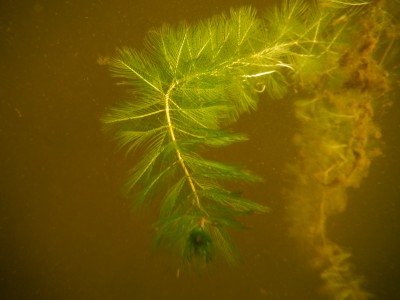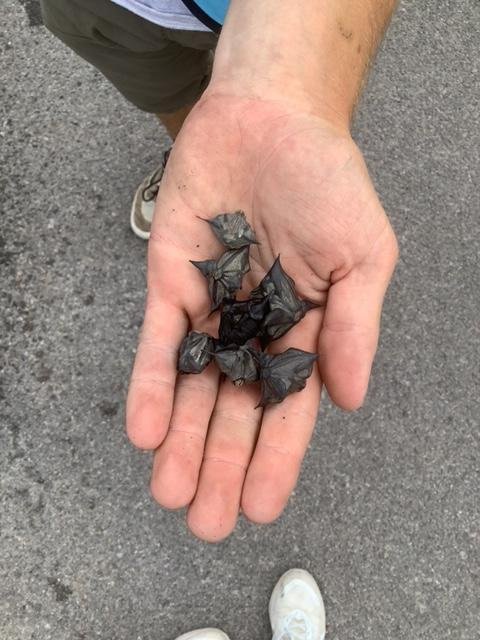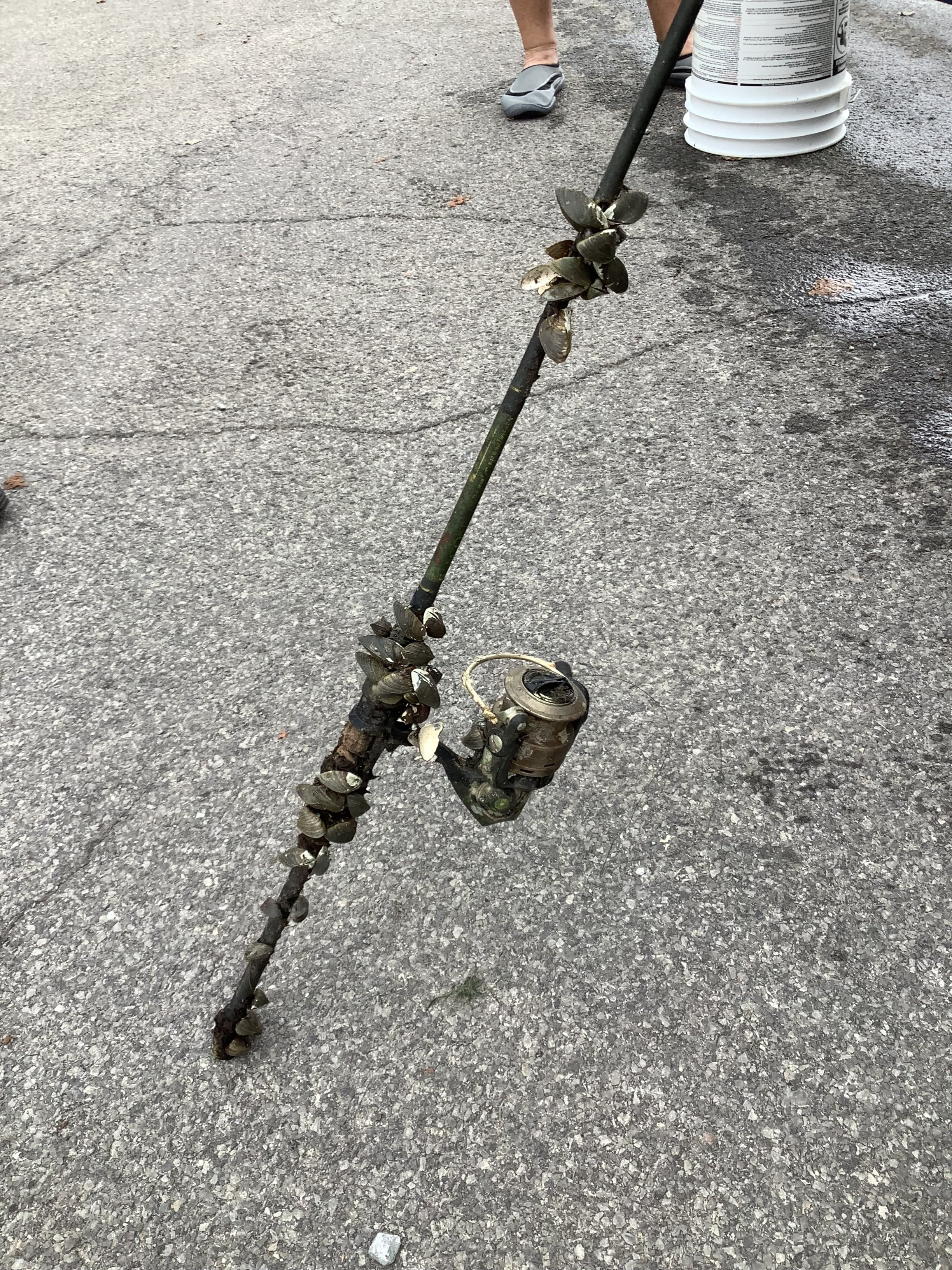Building an Invasive Species: What makes them invasive?
One of our key objectives here at the AWI is to protect our waters through our Watercraft Inspection Stewards, who do an amazing job every summer of catching invasive species and decontaminating boats to prevent the spread of invasives. Whether you are a boater who has met one of our decontamination stewards before or are a routine Clean, Drain, Dry advocate, you may be wondering: what actually makes a plant or organism invasive?
What is an invasive species?
Invasive species are defined as an organism that causes economic and environmental harm when introduced to a new environment. In the United States, invasive species have caused an estimated $123 billion in damages and contributed to the listing of 40% of the species now protected under the Endangered Species Act. On a global scale, invasive species are often considered the main cause of biodiversity loss (U.S. Fish and Wildlife Service, 2021). They can also impact recreational activities like swimming, boating, and fishing.
The most important characteristic to recognize is that an invasive plant is a non-native species that will outcompete native species in the area to which it is introduced. If a non-native species doesn’t dramatically outcompete the native species in its new home, it is still considered introduced or non-native, but it is not considered invasive. Native plants can also have invasive tendencies, but they are not invasives. They can be aggressive in their growth and cause similar issues to an invasive species by outcompeting other plants, but as they are native, they are not invasive. While each invasive species is unique, there are some common attributes among these species that give them their invasive qualities.
From left to right: Eurasian Watermilfoil, Hydrilla, Water Chestnut seed pods, Zebra mussels
Common Characteristics of invasives
Fast Growth
In order for a non-native plant to be invasive, their rate of growth gives them the upper hand and outcompete the native plants. Newsome and Noble (1986) suggested that these plants must be “gap grabbers” by germinating early in the season and growing quickly. In the case of aquatic invasives, these plants quickly grow to the surface, and then sometimes grow horizontally, blocking out the sun for other plants below. For example, Hydrilla can grow at a rate of one inch per day and form dense mats that block sunlight for native plants. Eurasian watermilfoil normally grows in water 3-13 feet deep, but it has been found to grow in water as deep as 32 feet (New York Invasive Species Information, 2019)!
Rapid Reproduction and Easy Spread
For invasives to spread and increase their populations to threatening sizes, they must reproduce quickly and have seeds that can stay viable in multiple conditions. Some plants, like water chestnut, have seeds that can remain viable for 12 years! A trait that compounds this spread is that many invasive species, especially aquatic ones, are able to spread simply through fragmentation of their stems. These stems can float away by a current or get caught on a boat and are transported to other portions of a waterbody or even to a different waterbody.
Certain aquatic invasives can also be difficult to prevent the spread of due to their small size and ability to hang onto things, like zebra mussels. When zebra mussels are really small, they can easily float down a current and find a hard surface to stick to. Boats are great for them since they can get into various areas like pipes, bilge tanks, and live wells and hide there. These mussels can stay alive outside of water for several days, which helps in their spread between waterbodies.
Phenotypic Plasticity
While all of the characteristics above are helpful to an invasive species, the organism considered invasive in its new home may not show these same characteristics as aggressively in its native environment. Being in a new environment, organisms sometimes change their ecological behaviors due to a lack of natural predators. An example of these changes could be shifting energy from defensive mechanisms to reproduction, causing an earlier germination period. This change is called phenotypic plasticity. White campion (Silene latifolia), which is present in NY, has been documented to show this. In a study done by Blair and Wolfe (2004), the white campion found in North America invested more energy into growth and reproduction in comparison to the plants in its origin country, Europe, where they focus more on defense.
While invasive species can be quite unique at an individual level, they share many similar characteristics that give them the title invasive. All of these features we discussed are what give them the ability to push out native species, causing monocultures and impacting our ecosystems. To prevent these unwanted intruders from contaminating more of our Adirondack waters, it is important to follow Clean, Drain, Dry initiatives and get your boat cleaned by a decontamination steward before you go into a different body of water.
References
Blair, A. C., & Wolfe, L. M. (2004). The Evolution of an Invasive Plant: An Experiemental Study with Silene latifolia. Ecology, 85(11), 3035-3042.
New York Invasive Species Information. (2019, July 2). Eurasion Watermilfoil. Retrieved from New York Invasive Species Information: https://nyis.info/invasive_species/eurasian-watermilfoil/
Newsome, A. E., & Noble, I. R. (1986). Ecological and physiological characters of invading species. Cambridge: Cambridge University Press.
U.S. Fish and Wildlife Service. (2021, May 18). Join the Team to Help Take Down Invasive Species! Retrieved from Medium: https://usfws.medium.com/join-the-team-to-help-take-down-invasive-species-80f045b68b6f#:~:text=In%20the%20United%20States%2C%20invasive,have%20established%20their%20home%20here




